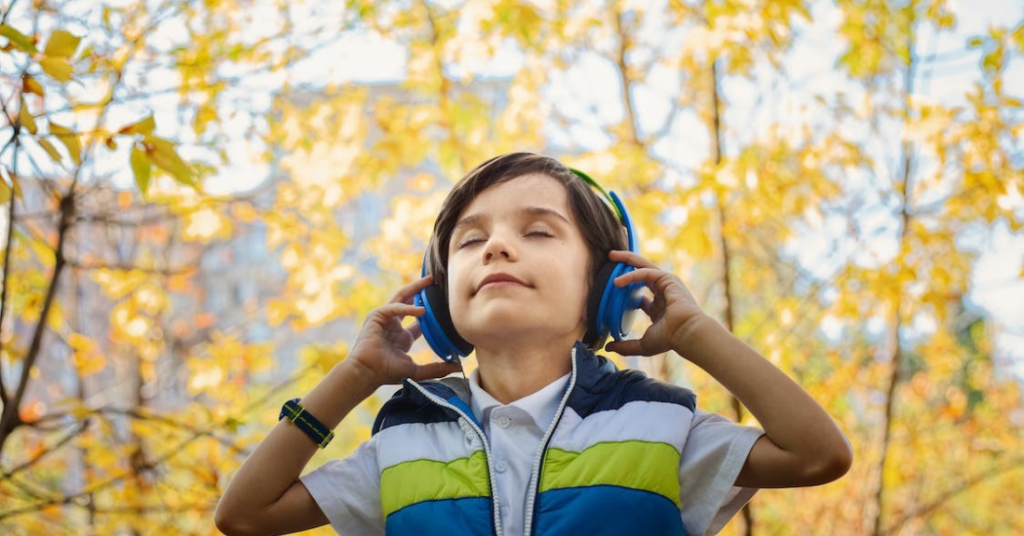As travelers, we are constantly seeking new and exciting experiences that can stimulate our senses and feed our sense of curiosity. One way in which tourist attractions can engage and captivate visitors is through the use of sound. The right music, sound effects, and spoken announcements can all contribute to the atmosphere of a place and help to create a memorable experience for visitors. Dr. Yaron Meiri, a producer of dozens museums and tourist attractions over the globe, is going to take us on a journey in the fantastic sound world.

The sound dimension has such great power over our perceptions, sometimes at a level we are not aware of. We only begin to internalize this fact when we encounter fascinating face-to-face encounters with this sense. Such a meeting can happen, for example, at the Sound Museum in Stockholm, Sweden. This museum is dedicated to the history of sound and music, and it utilizes sound in a number of innovative ways to engage visitors. The museum features a number of interactive exhibits that allow visitors to create their own music using various instruments and sound effects. The museum also has a number of listening stations where visitors can listen to a wide range of music from different time periods and regions. The immersive audio experience at the Museum of Sound helps to bring the history of sound and music to life for visitors.
Did you know that sound can also affect our appetite? In Asia, the Robot Restaurant in Tokyo, Japan is another example of a tourist attraction that uses sound in a unique way. This restaurant features a number of high-tech robots that perform elaborate shows for diners. The shows are accompanied by a wide range of music and sound effects, which help to create a futuristic and immersive atmosphere for visitors. The combination of the visually impressive robot performances and the engaging audio experience make the Robot Restaurant a truly one-of-a-kind experience.

In addition to creating atmosphere, sound can also be used to enhance the educational aspect of a tourist attraction. For example, the Titanic Museum in Belfast, Northern Ireland uses sound to bring the history of the famous ship to life for visitors. The museum features a number of interactive exhibits that incorporate sound, including a simulation of the ship’s engines and a replica of the ship’s grand staircase. The use of sound in these exhibits helps to engage visitors and provide them with a more immersive and interactive learning experience.
The discussion about the effect of sound on upgrading the visitor experience requires us to focus on the importance of creating optimal acoustic conditions. Properly designed acoustics is a key aspect of the holistic visitor experience. Poor acoustics can make it difficult for visitors to hear and understand what is being said or played, leading to frustration and a negative visitor experience. On the other hand, designed acoustics can ensure that the sound is clear and easy to hear, making it easier for visitors to have meaningful experiences in the limited time of the visit.
Overall, the use of sound in tourist attractions is an important aspect of creating a memorable and enjoyable visitor experience. From Sweden to Japan, the use of sound helps to enhance the atmosphere and educational value of a location, while properly designed acoustics ensure that visitors can fully engage with and enjoy the attraction.
So the next time you visit a museum, visitor center or tourist attraction, listen carefully to the sound that enters your ears, and let it take you to a new experiential world!






















